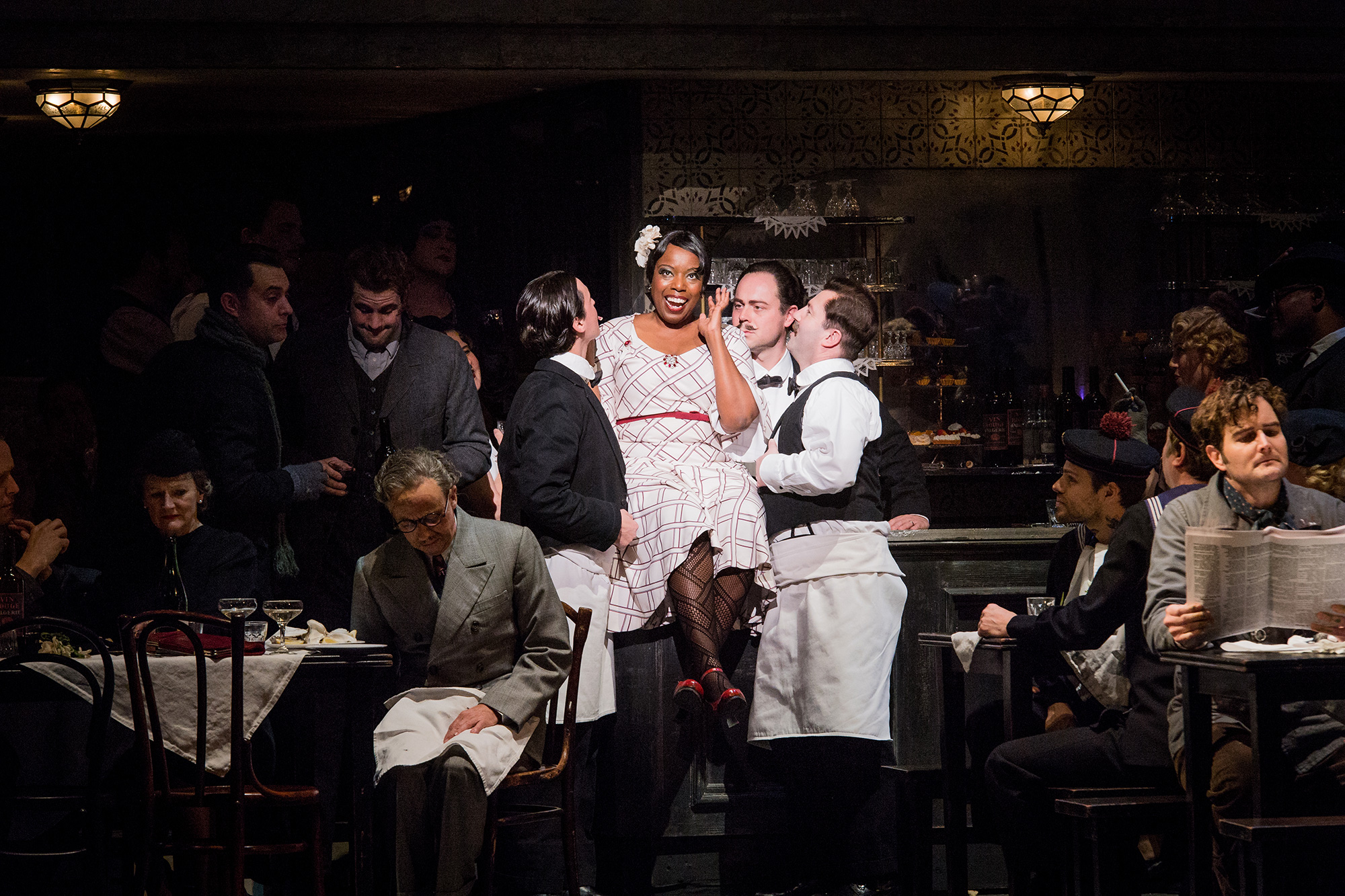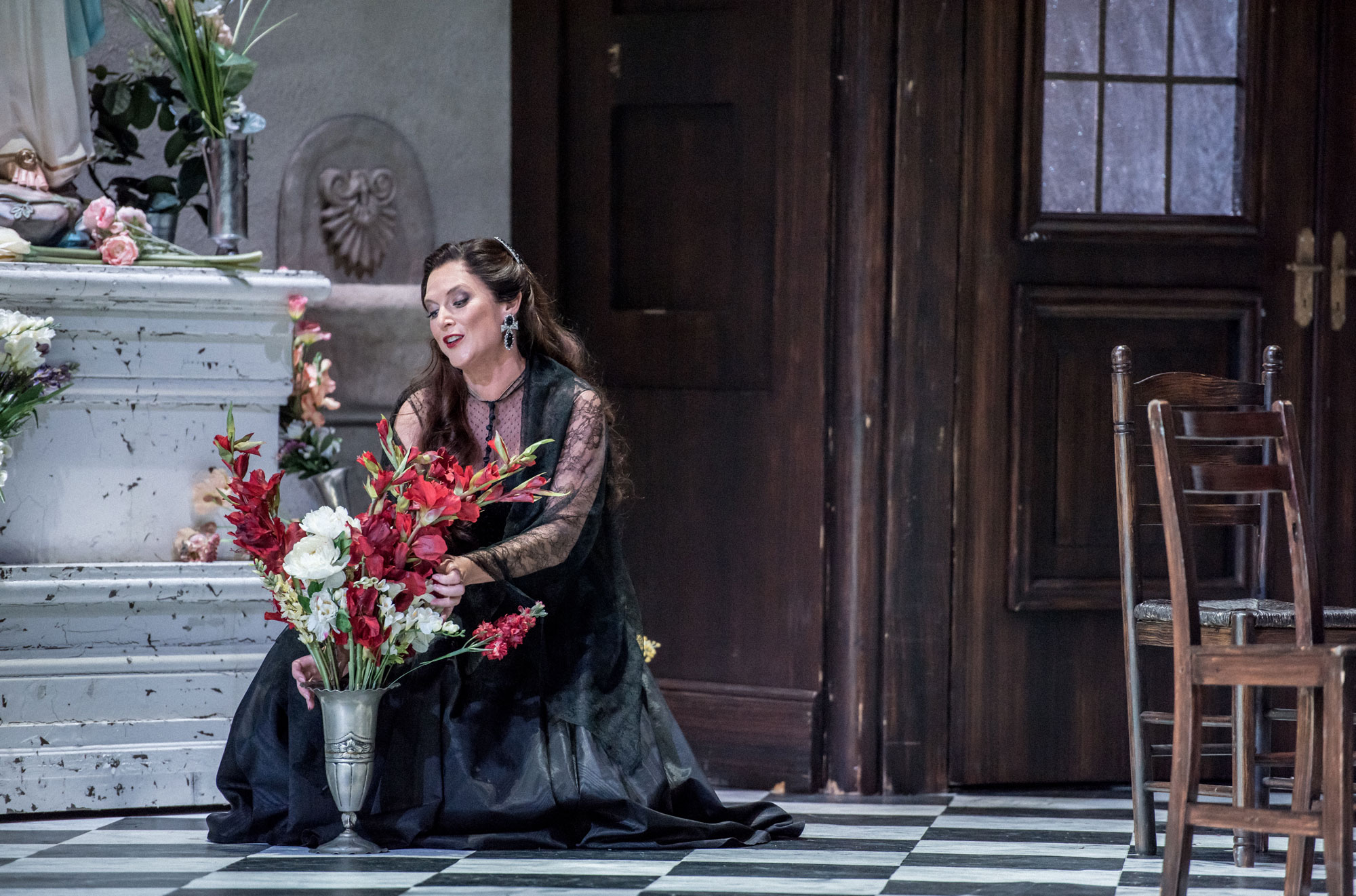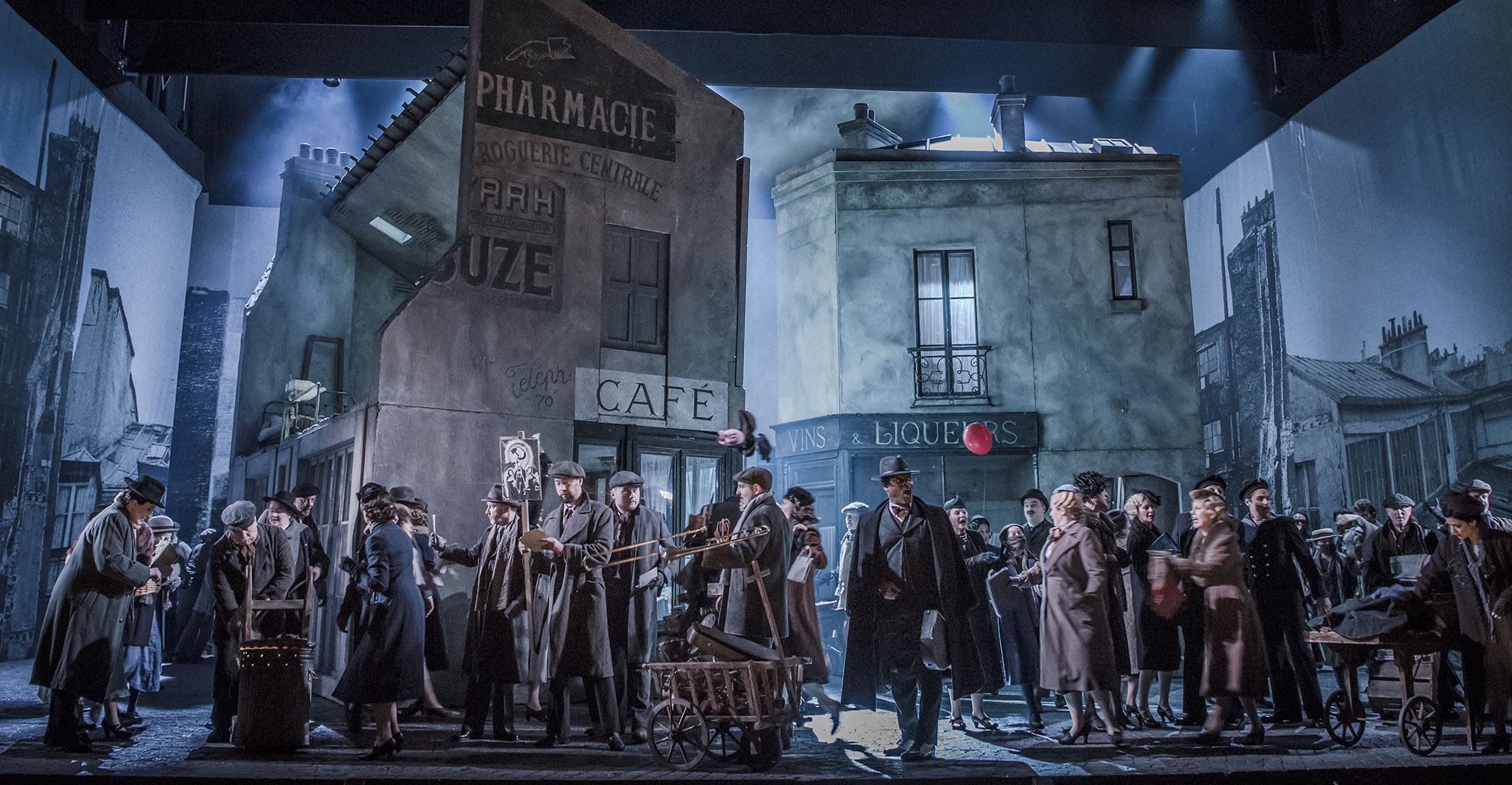Puccini was a leading exponent of the ‘verismo’ style
Originating from the Italian literary movement of the same name from circa 1875-early 1900s, verismo translates to ‘realism’.
This post-Romantic movement portraying the world in greater realism meant subject matters that would not have previously thought of as being fit for literature were now written about, including the lives of the poor.
Also known as naturalism, this genre does away with epic quests and mythological beasts, centring instead on ‘human’ drama – illness, lost loves and marital problems as seen in the plot of La bohème.

Many of Puccini’s plots were taken from successful plays or novellas
Instead of folktales and mythology, many of Puccini’s plots were taken from successful plays or novellas. For example, Madam Butterfly, was based on a 1898 short story, in turn based on a semi-autobiographical French novel, Madame Chrysanthème, by Pierre Loti, where as Tosca was based on Victorien Sardou’s 1887 play, ‘La Tosca’.
Read more about Tosca in our introduction guide
Puccini was arguably the most famous verismo composer, with Mascagni, Leoncavallo and Giordano being close contenders for the top spot.

Touted as the greatest composer of Italian opera after Verdi
Described as ‘the greatest composer of Italian opera after Verdi, Puccini is one of the most famous opera composers, having works cited regularly among the best operas of all time.
Born in 1858 into a musical dynasty, Giacomo Antonio Domenioco Michele Secondo Maria Puccini had a formal education in music from a young age, and had composed his first opera at the age of 25, Le Villi.
Whilst his first few operas were well received, he first received critical success with Manon Lescaut in 1893, working with librettists Luigi Illica and Giuseppe Giacosa. This relationship led to Puccini’s greatest successes, with the following three operas usually considered the most famous: La bohème, Tosca and Madama Butterfly.

Puccini's final opera was Turnadot
Puccini continued composing until his death, leaving his final work, Turandot, unfinished.
Despite this, the aria Nessun Dorma ) is considered one of the most famous arias in the repertoire, being performed by opera singers around the world, including famously performed by the renowned Three Tenors (Luciano Pavarotti, José Carreras and Plácido Domingo), a recording that outsold all other classical recordings worldwide.

Puccini enjoyed a strong relationship with Toscanini
Puccini first met Arturo Toscanini when the young conductor took on the premiere of La bohème in Turin, premiering several of his operas, including La fanciulla del West and the premiere of Turandot, Puccini’s unfinished opera.
Their relationship continued to the end of Puccini’s life, with Toscanini conducting the first run of Turandot, Puccini’s final work. In the opening night, when the point was reached where Puccini had left the work uncompleted, Toscanini dropped the baton, stopping the performance. He turned to the audience, saying ‘This is the end of the opera, because the Maestro died
here’. The orchestra then played the Funeral March, leaving the shell-shocked audience to never find out Turandot’s ending – a touching tribute to his collaborator.

Not all Puccini operas were successes
Whilst Puccini’s productions were, on the whole, hugely successful both critically and with audiences, that doesn’t mean it was smooth sailing throughout his career – often, surprisingly, his most famous operas suffered struggles in their early days.
Puccini’s La bohème was premiered in 1896, and quickly became popular throughout Italy – until Ruggero Leoncavallo also produced an opera titled La bohème, similarly based on Scènes de la vie de bohème by Henri Murger. As it happened, Leoncavallo had disputed Puccini on the basis of the opera, asking Puccini to defer the work to him, as he had already completed the libretto. Whilst Leoncavallo’s version was critically well received after its debut in 1897, within 10 years Puccini’s version had become the better regarded of the two operas, and Leoncavallo’s version is hardly known in modern repertoire.
Madam Butterfly, now one of the most famous operas in the world, premiered in 1904 at La Scala, Milan. Despite a notably big-named cast, the premiere was poorly received – the opera was under-rehearsed, with Puccini not having completed the work until rehearsals were due to have begun. Additionally, the layout was critiqued, leading to Puccini thoroughly revising parts of the opera. Months later, this more successful version of Madam Butterfly, still performed in opera houses today, was debuted in Brescia, where it was universally praised, leading to the popularity we now know.

He was a bit of a rogue
It’s no surprise that Puccini captured the verismo operatic tradition so well, his personal life was a ready-made opera! Puccini wasn’t exactly a fan of monogamy, instead living a life from scandal to scandal, affair to affair. Beginning in 1884, Puccini started a relationship with a married woman, Elvira Gemignani, who soon became pregnant, compounding problems in an already unhappy marriage for Elvira.
Soon Elvira gave birth to their son Antonio in 1886, but it was only when Elvira’s husband was killed (due to an affair HE was having) in 1904, that Puccini and Elvira could wed. If only that were the end of Puccini’s relationship problems…
Puccini often had affairs even when married to Elvira, often with famous singers in his productions, even going so far as to ‘fall in love’ with Blanke Lendvai when attending the _Madam Butterfly_ opening in Budapest, 1906. This affair continued until 1911, when Lendvai as substituted for Josephine van Stangel, which continued for another 6 years.
Elvira later accused a maid on Puccini’s estate of having an affair, which led to the maid committing suicide. Later found to be illegitimate claims, Elvira was prosecuted for slander, and narrowly avoided having to go to jail. Never a dull day at the Puccini household!







